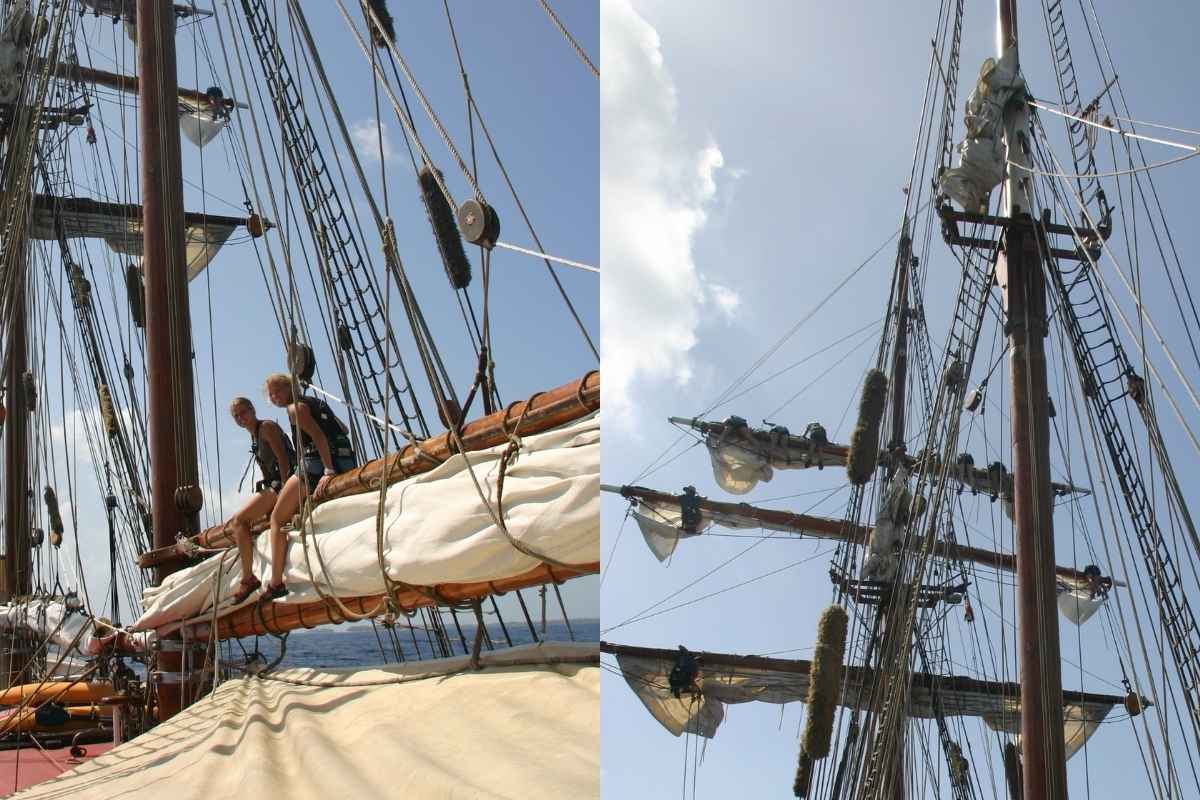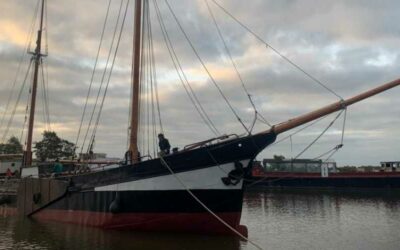By Corinna Goepfert
Picture @klassenzimmeruntersegeln, private 2019/20 on @segelschiffthorheyerdahl
Gender Equality & Reduce Inequalities
“As a way of measuring the contribution of the sailing industry to a sustainable future, we analyzed it in relation to the UN Sustainable Development Goals. These 17 goals were set in 2015 by the United Nations General Assembly and are to be achieved by 2030. The Goals are “the blueprint to achieve a better and more sustainable future for all”.
Sail Cargo and Travel Market Overview 2020
The Sustainable Development Goals (SDGs) are an internationally recognised set of goals created by the UN. They are a broad framework for companies, governments and communities to help work towards a sustainable future and are a useful tool to indicate the level of change that can be implemented. Sail cargo is an industry which offers a sustainable shipping solution, and meets many of the demands of the SDGs.
Gender Equality & Reduce Inequalities
As seen in Goals 1 and 8, the sail industry is ethically driven and is largely inclusive. It encourages the growth of small scale, local producers and suppliers, as opposed to large scale, multinational corporate systems. Sail cargo emphasizes the need for less consumption and to buy local where possible, thereby reducing inequalities.
Reducing inequalities starts with a multicultural and diverse crew.
This has not always been the case. Women, for example, have been historically under-represented in the shipping and travel industries although there are now targets put in place to employ more women in leading roles, there is still a discrepancy. There is also a history of this within sailing, however, women are quickly becoming leaders within the sailing ship industry where skill and ability are paramount and people are given the same opportunities.
Onboard of a sailing ship everyone can use their strength to contribute to the life and tasks on board. Managing a sailing vessel requires professionals and trainees in multiple areas. Nautical, technical, mechanical, social and organizational skills are needed.
While on big industrial ships, the crew works due to the watch systems and long distances between duty stations far apart from each other, smaller teams sailing vessels require active teamwork. A sail can only be set with multiple people and to perform a manoeuvre it requires all hands on deck. After the work is done crew and trainees can sit together, share stories and enjoy cultural activities such as singing.
In a globalized and conflicted world, sailing ships are unique mediums to connect people to embrace diversity, while focusing on similarities instead of differences.
By encouraging trainees with different backgrounds, stories and abilities to use their strength they will be empowered to become leaders. They will transport their experiences, new skills and knowledge back to their communities and act as ambassadors for sail cargo and travel and equality.




